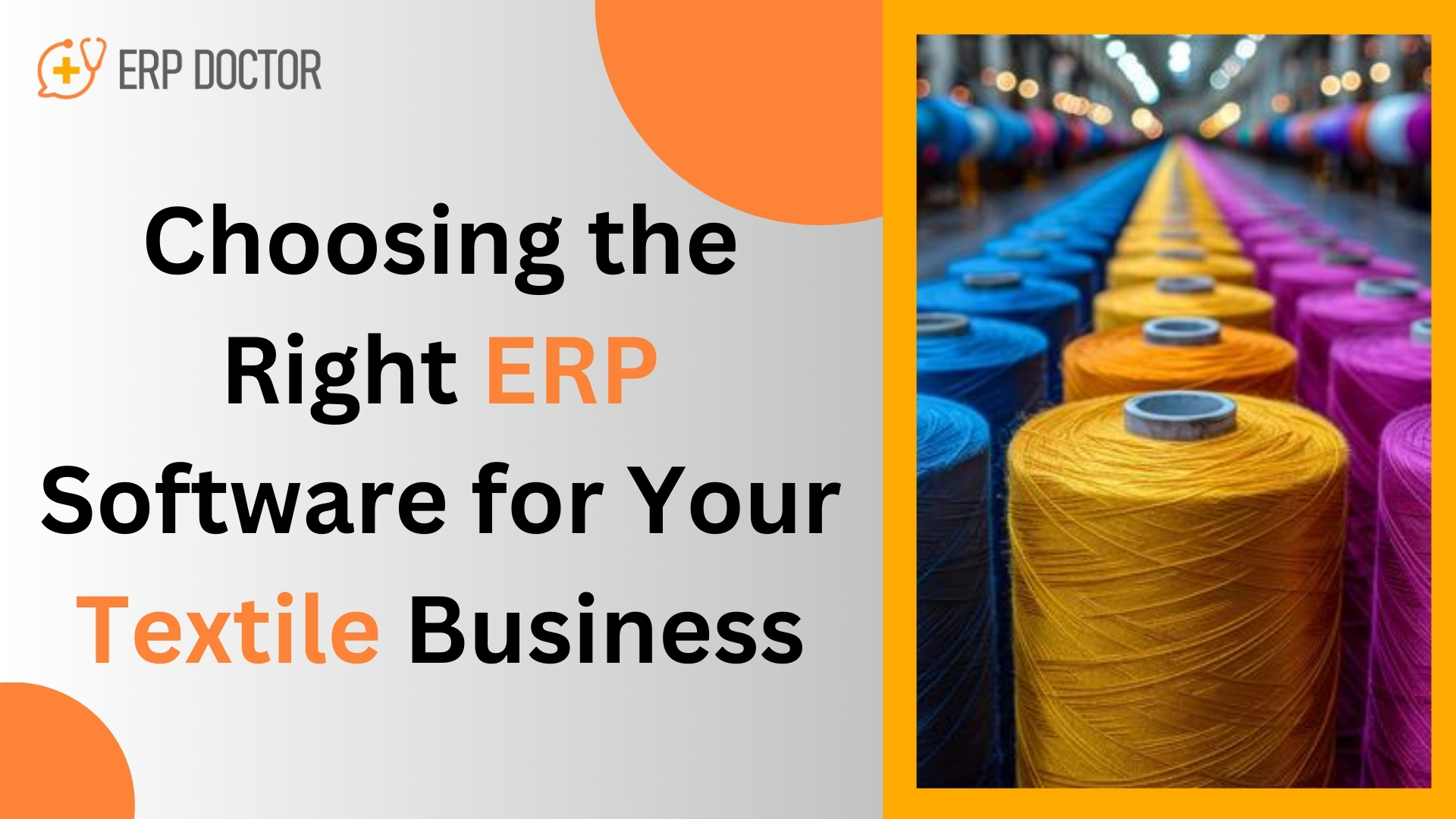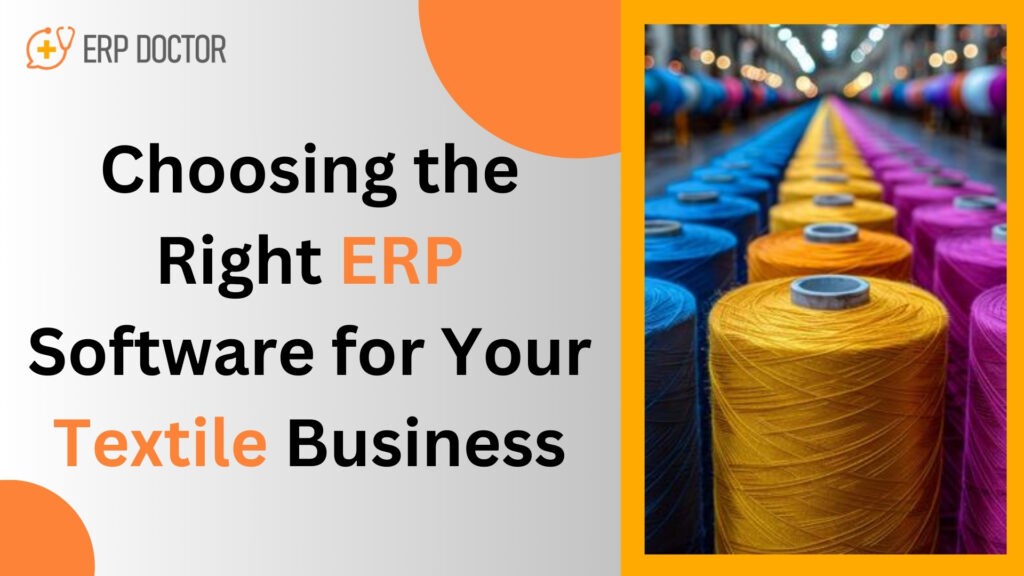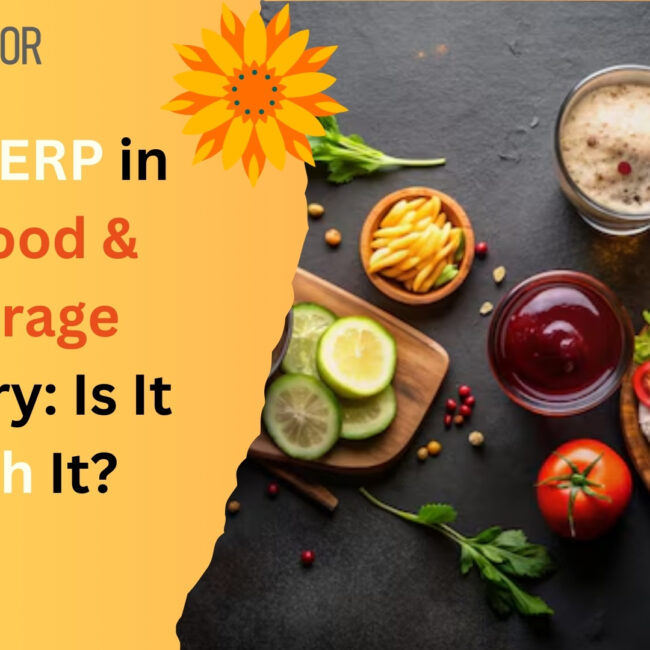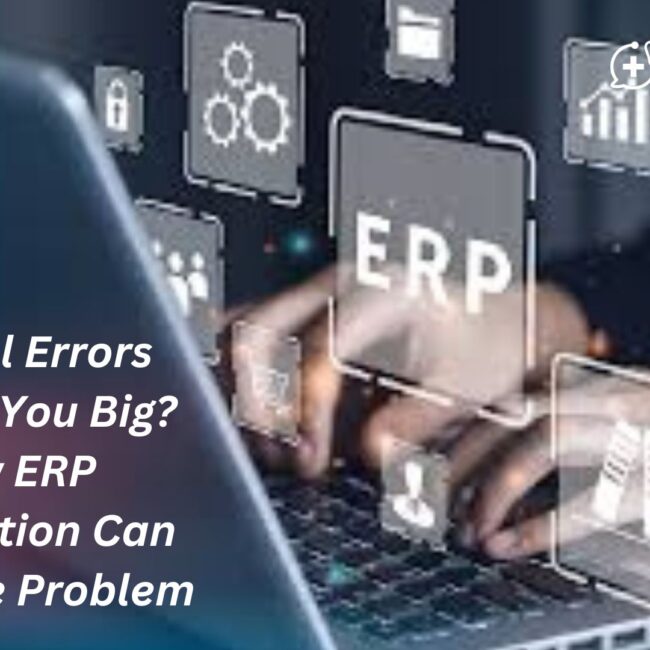
Choosing the Right ERP Software for Your Textile Business

Selecting the Perfect ERP Fit for Your Textile Business: Expert Insights
In the highly competitive textile industry, businesses must optimize their operations to stay ahead. Enterprise Resource Planning (ERP) software provides an integrated solution to streamline various business processes, from inventory management to customer relationship management. However, choosing the right ERP software for your textile business can be challenging, given the numerous options available. This guide will help you understand the key factors to consider when selecting an ERP system tailored to your textile business needs.
Why ERP is Essential for Textile Businesses
The textile industry faces unique challenges such as fluctuating demand, complex supply chains, and evolving compliance regulations. ERP software helps textile businesses overcome these challenges by:
- Enhancing operational efficiency through automation and integration of business processes.
- Improving inventory management to prevent overstocking or stockouts.
- Ensuring regulatory compliance by tracking and managing data accurately.
- Boosting profitability with better financial management and reporting.
Key Features to Look for in Textile ERP Software
When evaluating ERP solutions, consider the following essential features:
Inventory Management: Real-time stock tracking, Automated restocking alerts, Warehouse and logistics management
Production Planning and Control: Order tracking and management, Raw material procurement, Production scheduling
Supply Chain Management: Supplier relationship management, Distribution tracking, Demand forecasting
Quality Control: Defect tracking, Compliance with industry standards, Automated quality checks
Financial Management: Budgeting and forecasting, Accounts payable and receivable, Cost control and analysis
Customer Relationship Management (CRM): Customer order tracking, Personalized marketing, Sales performance analysis
Data Analytics and Reporting: Real-time dashboards, Customizable reports, Predictive analytics
Scalability and Flexibility: Cloud-based options, Multi-location support, Customizable modules
Steps to Choosing the Right ERP Software
- Assess Your Business Needs
Start by identifying pain points in your current processes and outlining specific goals you want to achieve with ERP. - Define Your Budget
ERP solutions can range from affordable cloud-based systems to high-end on-premise installations. Establish a budget that aligns with your business goals. - Evaluate Vendor Expertise
Choose an ERP provider with experience in the textile industry to ensure the solution addresses industry-specific challenges. - Request Demos and Trials
Engage with vendors to get hands-on experience with their ERP solutions. Test key functionalities and ensure they meet your requirements. - Consider Integration Capabilities
Your ERP should integrate seamlessly with existing software such as accounting systems, e-commerce platforms, and supply chain tools. - Ensure Scalability
Choose an ERP that can grow with your business, accommodating future expansions and increasing complexity. - Check for User-Friendliness
An intuitive interface is crucial for user adoption and operational efficiency. - Assess Post-Implementation Support
Reliable customer support and training options are essential for smooth ERP implementation and long-term success.
Benefits of Implementing the Right ERP System
Investing in the right ERP software offers numerous advantages, including:
- Improved decision-making with real-time data insights.
- Streamlined production processes, reducing waste and delays.
- Better financial control with accurate budgeting and cost management.
- Enhanced customer satisfaction through efficient order processing and tracking.
- Compliance with regulatory requirements, avoiding potential legal issues.
Challenges in Implementing ERP in Textile Businesses
Despite its advantages, ERP implementation comes with challenges, such as:
- Resistance to change from employees.
- High initial investment costs.
- Complexity in data migration from legacy systems.
Address these challenges by investing in proper training, choosing a phased implementation approach, and selecting an experienced ERP vendor.
FAQs: ERP system in a textile business
How long does it take to implement an ERP system in a textile business?
Implementation can take anywhere from a few months to over a year, depending on the complexity of the business and the ERP solution.
Is cloud-based ERP better than on-premise ERP for textile companies?
Cloud-based ERP offers flexibility and lower upfront costs, while on-premise solutions provide greater control and customization.
How can ERP help in sustainable textile manufacturing?
ERP can track resource consumption, reduce waste, and ensure compliance with environmental regulations.
Can ERP software be customized for specific textile business needs?
Yes, most ERP solutions offer customizable modules to fit specific business requirements.
What is the cost of implementing ERP for a textile business?
Costs vary based on the solution, business size, and customization requirements, ranging from a few thousand to several hundred thousand dollars.
How does ERP improve customer service in textile businesses?
ERP helps track orders, manage customer preferences, and ensure timely deliveries, enhancing customer satisfaction.
What are the risks of not using ERP in a textile business?
Without ERP, businesses may face inefficiencies, compliance issues, and lost opportunities due to lack of data visibility.
How to train employees to use ERP software effectively?
Comprehensive training programs, user-friendly interfaces, and ongoing support can help employees adapt to the new system quickly.
Transforming Textile Operations: The Power of ERP
Choosing the right ERP software for your textile business requires careful evaluation of your needs, budget, and vendor capabilities. A well-chosen ERP system can transform your operations, improve efficiency, and drive growth. Invest in the right solution today to stay competitive in the dynamic textile industry.
Ready to boost productivity with ERP? Implement ERP systems now and transform your business! Visit erpdoctor.in to get started!
Looking for expert guidance? Complete the form below, and we’ll get in touch with you shortly!







